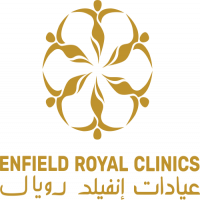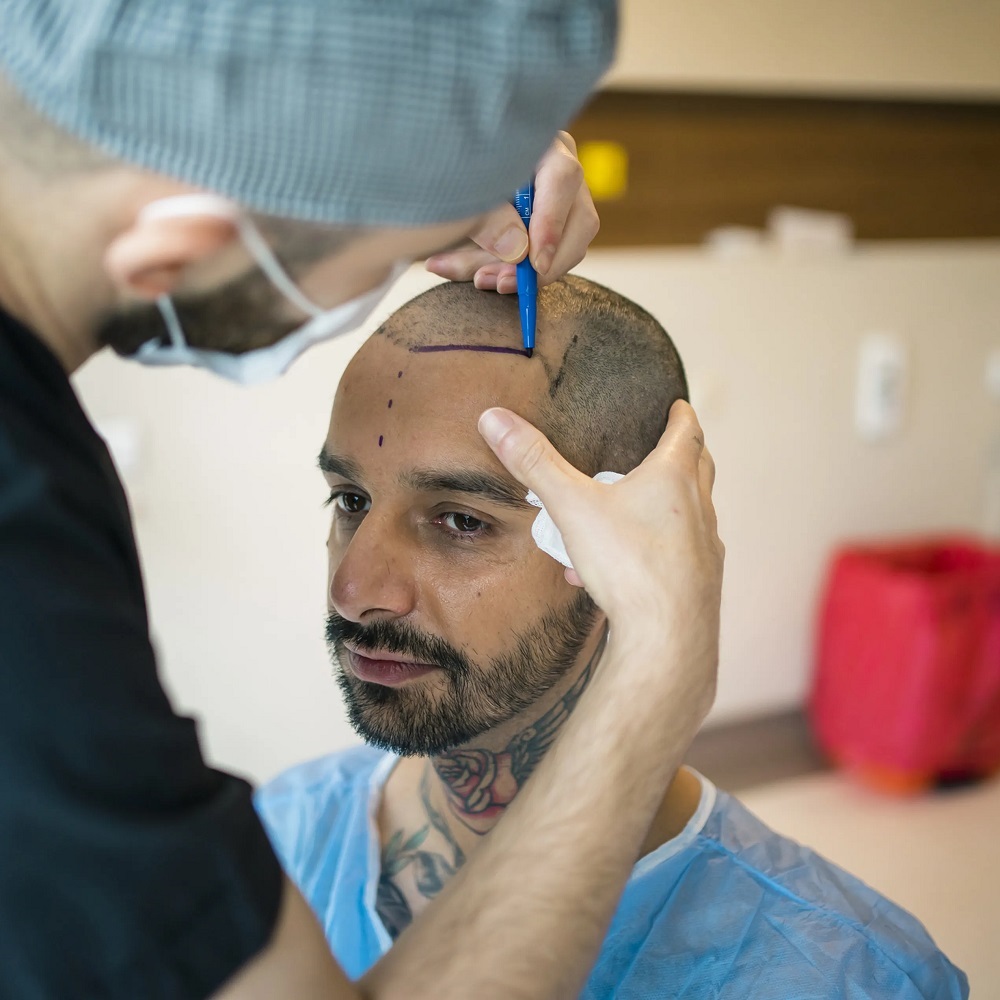Hair Transplants: How to Choose the Best Treatment for You

Strong 8k brings an ultra-HD IPTV experience to your living room and your pocket.
Hair loss can be a distressing experience, but advancements in hair restoration techniques offer promising solutions. Choosing the best hair transplant treatment requires careful consideration of various factors, including your specific needs, the type of hair loss you’re experiencing, and the available methods. This article will guide you through the process of selecting the most suitable Hair Transplant in Dubai by exploring different options and key considerations.
✍️ From diet changes to FDA-approved medications, there are multiple ways to slow hair fall. Our in-depth post on hair treatments outlines natural and medical approaches that can work together for stronger results.
1. Understanding Your Hair Loss
Type of Hair Loss:
Androgenetic Alopecia: The most common form of hair loss, often known as male or female pattern baldness. It typically causes thinning at the crown and receding hairline in men, and diffuse thinning across the scalp in women.
Alopecia Areata: An autoimmune condition that causes sudden hair loss in patches.
Traction Alopecia: Hair loss resulting from tight hairstyles that pull on the hair.
Scarring Alopecia: Hair loss due to scarring of the scalp, often caused by conditions like lupus or lichen planopilaris.
Extent of Hair Loss:
Mild to Moderate: If you have early-stage or moderate hair loss, non-surgical treatments may be sufficient.
Advanced: For extensive hair loss or bald areas, surgical options might be more appropriate.
Consulting with a hair restoration specialist can help determine the type and extent of your hair loss, which is crucial in choosing the right treatment.
2. Types of Hair Transplant Techniques
Follicular Unit Extraction (FUE):
Technique: Involves extracting individual hair follicles from the donor area (usually the back of the head) and transplanting them into the thinning or balding areas.
Pros: Minimally invasive, no linear scar, shorter recovery time, and less noticeable scarring.
Cons: Can be time-consuming for larger areas, and multiple sessions might be required to achieve desired density.
Follicular Unit Transplantation (FUT):
Technique: A strip of scalp is removed from the donor area, dissected into individual follicular units, and transplanted into the recipient site.
Pros: Suitable for larger areas, allows for the extraction of a larger number of grafts in one session, and generally results in higher hair density.
Cons: Leaves a linear scar, which might be visible if hair is cut short, and has a longer recovery time compared to FUE.
Direct Hair Implantation (DHI):
Technique: A variation of FUE where follicles are extracted and implanted using a specialized pen-like device. This allows for simultaneous extraction and implantation.
Pros: Offers precise placement of follicles, reduces handling time, and can improve graft survival.
Cons: Can be more expensive and requires a highly skilled surgeon.
Robotic Hair Transplantation:
Technique: Utilizes robotic systems to assist with the FUE technique, enhancing precision and consistency in follicle extraction.
Pros: High accuracy and efficiency, reduced human error, and less physical strain on the surgeon.
Cons: High cost, limited availability, and dependent on the expertise of the surgeon and technology used.
3. Non-Surgical Hair Restoration Options
Platelet-Rich Plasma (PRP) Therapy:
Technique: Involves drawing a sample of your blood, processing it to concentrate the platelets, and injecting the PRP into the scalp to stimulate hair growth.
Pros: Non-invasive, can be combined with hair transplant surgery to enhance results, and promotes natural hair growth.
Cons: Requires multiple sessions, and results can vary from person to person.
Low-Level Laser Therapy (LLLT):
Technique: Uses low-level lasers to stimulate hair follicles and increase blood flow to the scalp.
Pros: Non-invasive, can be used as a standalone treatment or in conjunction with other therapies, and is generally safe.
Cons: Requires consistent use for effectiveness, and results may be gradual.
Medications:
Minoxidil: Topical medication that stimulates hair follicles and promotes hair regrowth.
Finasteride: Oral medication that inhibits the hormone responsible for hair loss.
Pros: Easy to use, can be effective in slowing hair loss and promoting regrowth.
Cons: Potential side effects, requires long-term commitment, and may not be suitable for everyone.
4. Evaluating Your Options
Consultation with a Specialist:
Assessment: A qualified hair restoration specialist will assess your hair loss pattern, donor hair quality, and overall health to recommend the best treatment options.
Personalization: They will tailor a treatment plan based on your specific needs, goals, and preferences, ensuring the best possible outcome.
Cost Considerations:
Budget: Hair transplant procedures and non-surgical treatments vary in cost. Consider your budget and explore financing options if needed.
Value: Assess the long-term value and potential results of each treatment. Sometimes, a higher initial cost may offer better outcomes and longevity.
Expected Results:
Realistic Expectations: Understand that results can vary based on the treatment type, individual factors, and adherence to post-treatment care. It’s important to have realistic expectations and be patient, as hair growth can take time.
5. Post-Treatment Care
Follow-Up Appointments:
Monitoring: Regular follow-up visits are essential for monitoring progress, addressing any issues, and ensuring the success of the treatment.
Adjustments: Your specialist may recommend adjustments to your care plan based on your recovery and results.
Lifestyle and Maintenance:
Healthy Lifestyle: Maintain a balanced diet, avoid smoking, and manage stress to support overall hair health and treatment effectiveness.
Hair Care Routine: Follow your specialist’s advice on hair care, including washing techniques, product use, and protection from environmental factors.
Conclusion
Choosing the best hair transplant treatment involves evaluating your type and extent of hair loss, understanding the various techniques available, and consulting with a qualified specialist. Whether you opt for surgical methods like FUE or FUT, non-surgical options like PRP therapy, or a combination of treatments, making an informed decision will help you achieve the best possible results. By considering your individual needs, budget, and expected outcomes, you can select the most suitable hair restoration approach and embark on the journey to restoring your hair and confidence.
Note: IndiBlogHub features both user-submitted and editorial content. We do not verify third-party contributions. Read our Disclaimer and Privacy Policyfor details.







